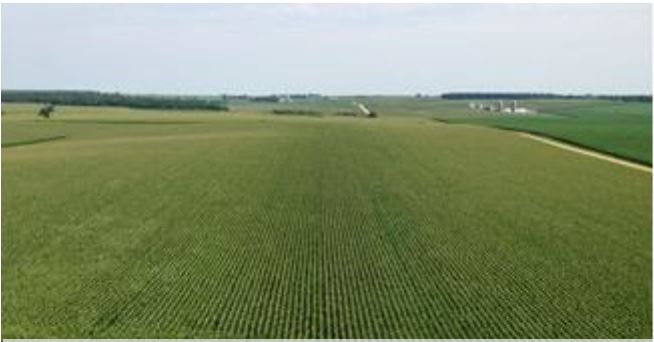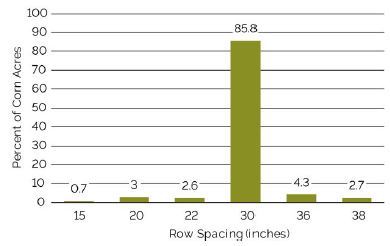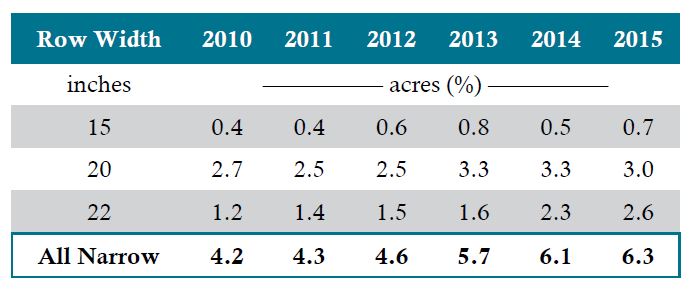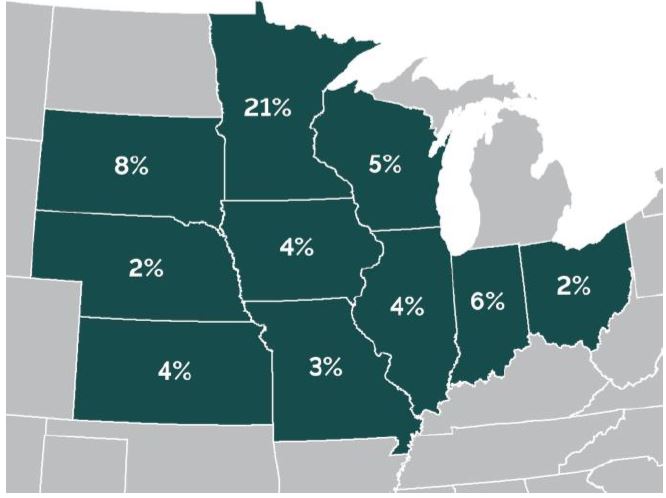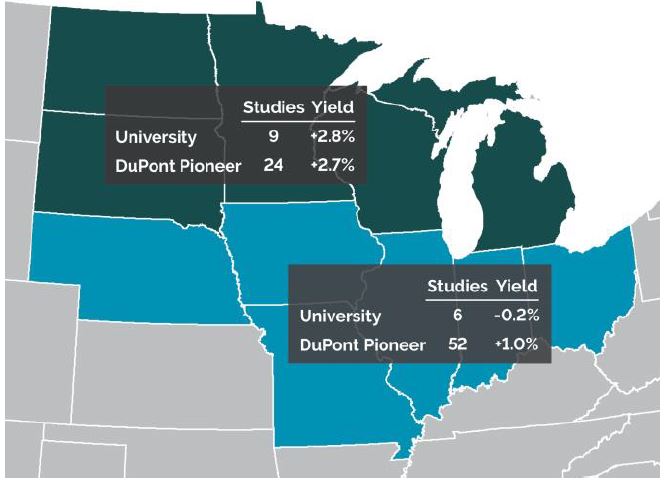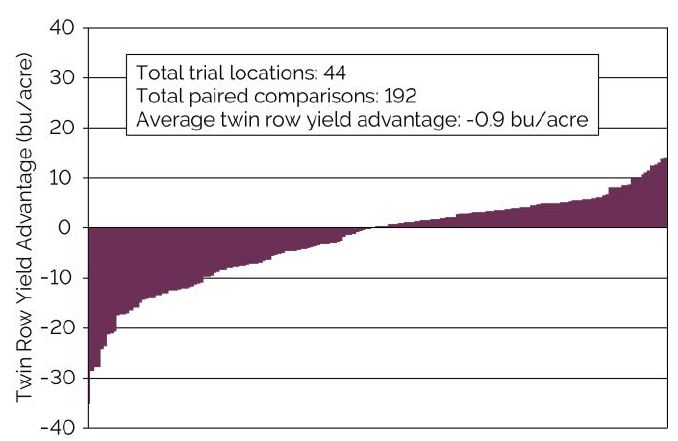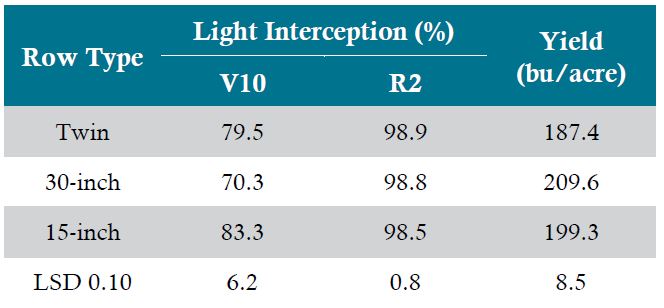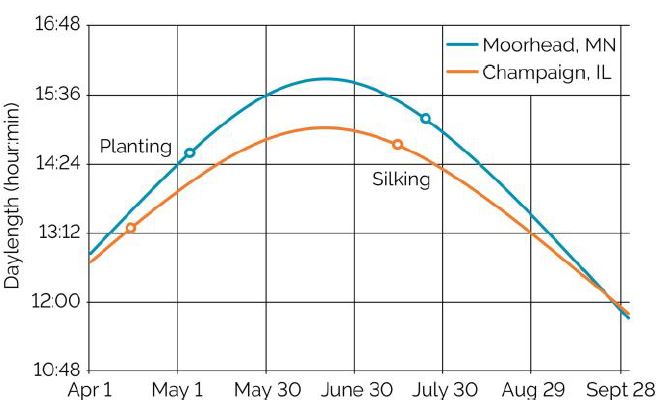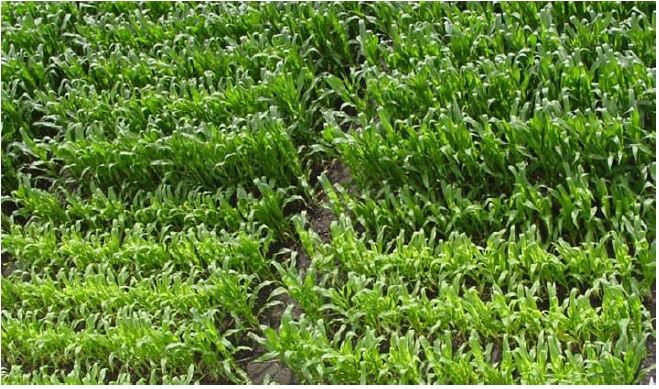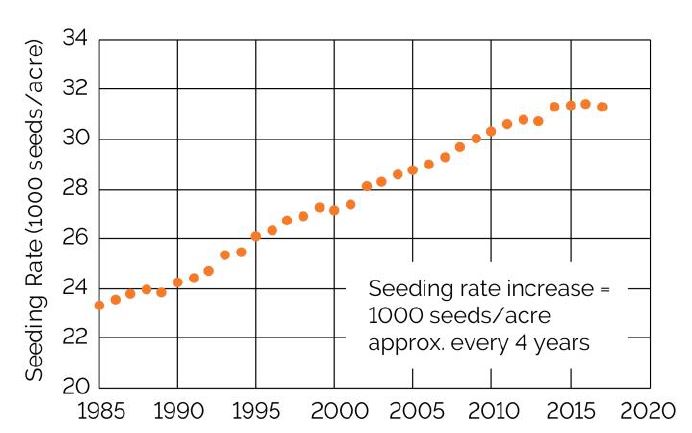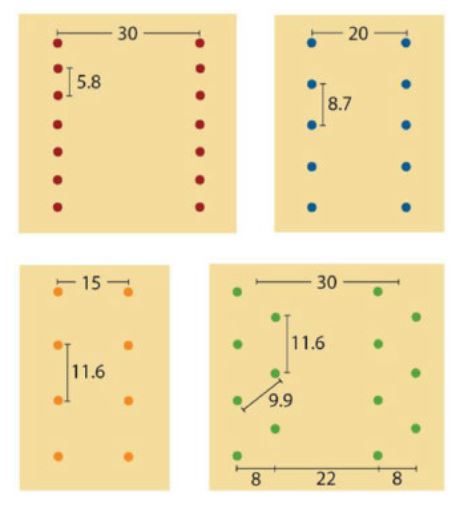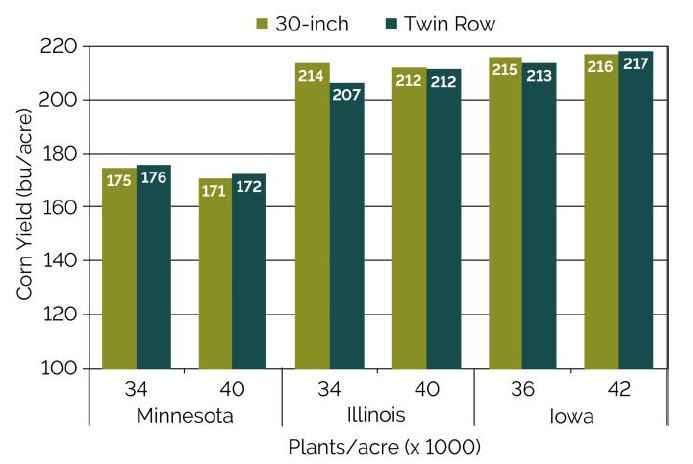Albus, W., L. Besemann, and H. Eslinger. 2008. Corn row width and population study. North Dakota State Univ.
Andrade, F.H., P. Calviño, A. Cirilo, and P. Barbieri. 2002. Yield responses to narrow rows depend on increased radiation interception. Agron. J. 94:975–980.
Barbieri, P.A., H. Sainz Rozas, F.H. Andrade, and H. Echeverría. 2000. Row spacing effects at different levels of nitrogen availability in maize. Agron. J. 92:283–288.
Barbieri, P.A., H. Echeverría, H. Sainz Rozas, and F.H. Andrade. 2008. Nitrogen use efficiency in maize as affected by nitrogen availability and row spacing. Agron. J. 100:1094–1100.
Barbieri, P., L. Echarte, A. Della Maggiora, V. O. Sadras, H Echeverria, and F. H. Andrade. 2012. Maize evapotranspiration and water-use efficiency in response to row spacing. Agron. J. 104:939-944.
Coulter, J. and J. Shanahan. 2012. Corn response to row width, plant population, and hybrid maturity in the far-northern Corn Belt. Pioneer Field Facts 12:5.
Farnham, D. E. 2001. Row spacing, plant density, and hybrid effects on corn grain yield and moisture. Agron. J. 93:1049-1053.
Hammer, G. L., Z. Dong, G. McLean, A. Doherty, C. Messina, J. Schussler, C. Zinselmeier, S. Paszkiewicz, and M. Cooper. 2009. Can changes in canopy and/or root system architecture explain historical maize yield trends in the U.S. Corn Belt? Crop. Sci. 49:299-312.
Johnson, G. A., and T. R. Hoverstad. 2002. Effect of row spacing and herbicide application timing on weed control and grain yield in corn (Zea mays). Weed Technol. 16:548-553.
Lee, C. D. 2006. Reducing row widths to increase yield: Why it does not always work. Online. Crop Management doi:10.1094/CM-2006-0227-04-RV. http://www.plantmanagementnetwork.org/pub/cm/review/2006/wide/
Nafziger, E. D. 2006. Inter- and Intraplant Competition in Corn. Online. Crop Management doi:10.1094/CM-2006-0227-05-RV.
Novacek, M. J., S. C. Mason, T. D. Galusha, and M. Yaseen. 2013. Twin rows minimally impact irrigated maize yield, morphology, and lodging. Agron. J. 105:268-276.
Pecinovsky, K., G. Benson, and D. Farnham. 2002. Corn row spacing, plant density, and maturity effects. Iowa State Univ. ASRF02-13.
Pedersen, P., and J. Lauer. 2003. Corn and soybean response to rotation sequence, row spacing, and tillage system. Agron. J. 95:965-971.
Porter, P. M., D. R. Hicks, W. E. Lueschen, J. H. Ford, D. D. Warnes, and T. R. Hoverstad, 1997. Corn response to row width in plant population in northern Corn Belt. J. Prod. Agric. 10:293-300.
Robles, M., I. A. Ciampitti, and T. J. Vyn. 2012. Responses of maize hybrids to twin-row spatial arrangement at multiple plant densities. Agron. J. 104:1747-1756.
Sharratt, B. S., and D. A. McWilliams. 2005. Microclimatic and rooting characteristics of narrow-row versus conventional-row corn. Agron J. 97:1129-1135.
Tharp, B. E., and J. J. Kells. 2001. Effect of glufosinate-resistant corn (Zea mays) population and row spacing on light interception, corn yield, and common lambsquarters (Chenopodium album) growth. Weed Technol. 15:413-418.
Thelen, K. D. 2006. Interaction between row spacing and yield: Why it works. Online. Crop Management doi:10.1094/CM-2006-0227-03-RV. http://www.plantmanagementnetwork.org/pub/cm/review/2006/why/
Van Roekel, R. J., and J. A. Coulter. 2012. Agronomic responses of corn hybrids to row width and plant density. Agron J. 104:612-620.
Widdicombe, W. D. and K. D. Thelen. 2002. Row width and plant density effects on corn grain production in the northern Corn Belt. Agron. J. 94:1020-1023.
The foregoing is provided for informational use only. Please contact your Pioneer sales professional for information and suggestions specific to your operation. Product performance is variable and depends on many factors such as moisture and heat stress, soil type, management practices and environmental stress as well as disease and pest pressures. Individual results may vary.
April 2018








